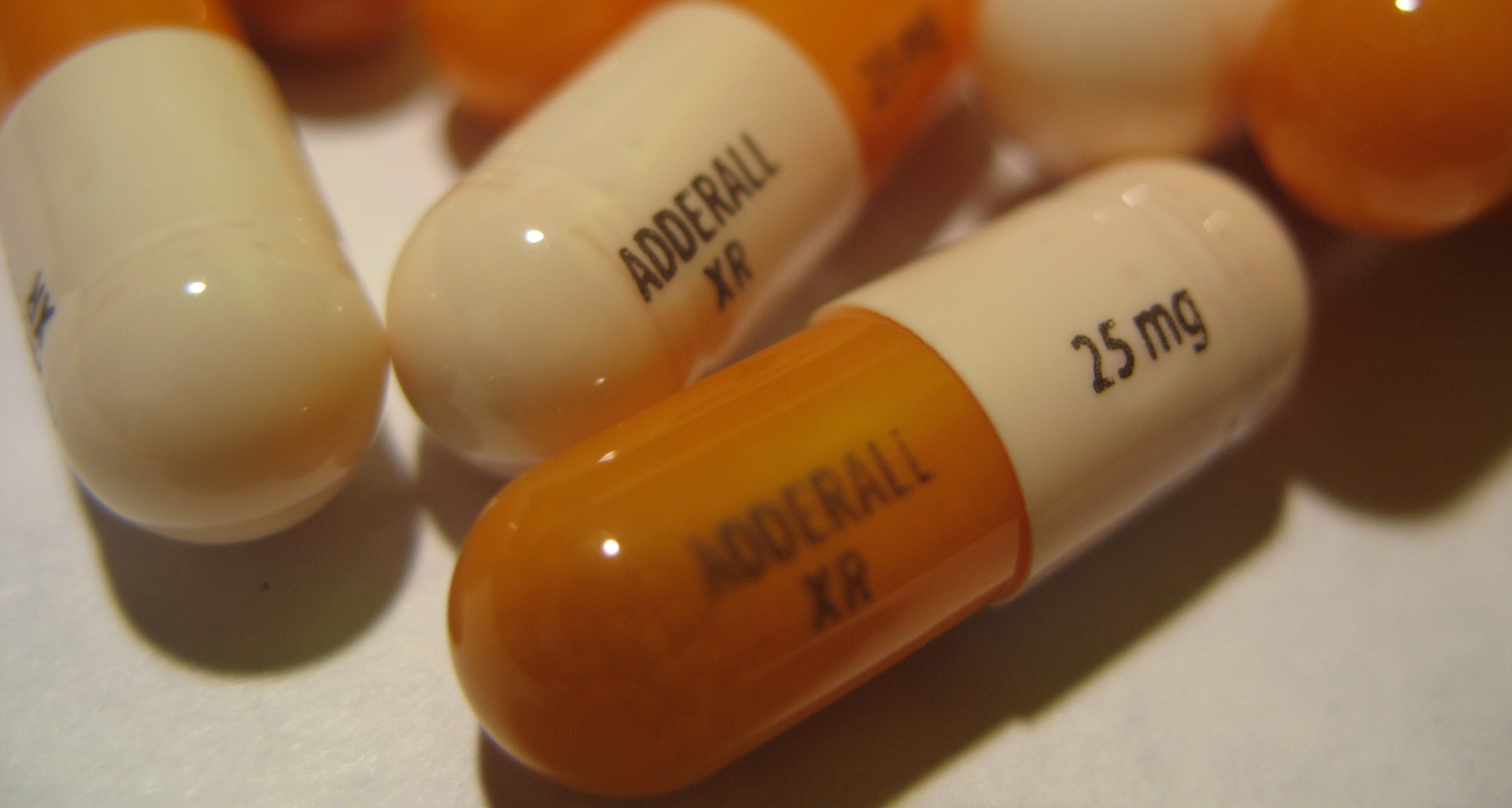Fungi are a diverse group, from microscopic molds to large, forest-dwelling mushrooms. This article pertains to some interesting news related to the former, smaller end of the group. As I am certain you are already aware, mold tends to reproduce either asexually or sexually-and most commonly asexually, by forming spores. As of 2013, the previously thought asexually-reproducing Penicillium chrysogenum has been shown to have a sexual side as well. An international research team led by Julia Böhm and Prof. Dr. Ulrich Kück of the Chair of General and Molecular Botany at the Ruhr-Universität has displayed that the fungus mold also has a sexual cycle, i.e. two sexes. Through the sexual reproduction of P. chrysogenum, the researchers have produced fungal strains with new properties that are quite relevant biotechnologically- an example of this being high penicillin production that lacks the contaminant chrysogenin.
Penicillium chrysogenum is the original source of penicillin that is still in use today, It works by creating a carbon and nitrogen ring structure called beta-lactam, which averts the bacteria from building cell walls. This antibiotic aids the microscopic fungi in eradicating any bacteria that may try to habituate the area where the fungi grows, and is what doctors have used to fight bacterial illness since the 1940s.
Regardless of the decades that P. chrysogenum was studied, it was still believed that it only reproduced sexually. The idea held due to the convoluted nature of fungal sex, which involves many different reproductive strategies. Some navigate a mating scene populated by thousands of sexes, while others clone themselves asexually. Certain types of yeast can even switch their mating type. In the fungal world, the number of sexes depends on the species.
Fungal biologist Paul Dyer from the University of Nottingham had his suspicions about the mold’s reproductive habits. A complete sequence of its genome displayed that the fungus still carried the genes necessary for sexual reproduction. “That told us that there was perhaps sexual compatibility there,” he says. Dyer joined forces with other European universities to find the ideal conditions to encourage P. chrysogenum to have sex.
In the experiment, Dyer and his colleagues paired strains with compatible mating genes and grew them with different light and food conditions. The most effective combination was found to be a biotin-supplemented nutrient medium (in this case, an oatmeal base). After five weeks in a dark, oxygen-deprived environment, special structures called ascospores and cleistothecia were produced. These formations only occur after sexual reproduction. Genetic analysis confirmed that genes had been sexually recombined.
In addition, the researchers discovered that the sex genes control the activities of biologically relevant genes-in this case the ones responsible for penicillin production. In essence, the more sexually active fungi make more penicillin, which is quite fascinating.
Interestingly enough, P. chrysogenum is not the only the only fungi recently reclassified as reluctantly sexual. Dyer’s lab group has additionally learned that Aspergillus fumigatus, a mold typically found in leaf litter and compost heaps has a sexual side to it as well.
Either way, this fungi’s increased sexuality and resulting high penicillin production could lead to more effective antibiotics. In addition to the aforementioned lack of chrysogenin in the penicillin produced, there is the rather obvious yet still seminal premise of making more penicillin more efficiently and even lead to new antibiotics. Penicillin has been life-changing and life-saving in the field of medicine, and increasing the production and efficiency will ensure that it continues to do so.

A scanning electron microscopic image of asexual conidiospores from the penicillin producer Penicillium chrysogenum.
Works Cited
Fessenden, Marissa. “The Joy of Fungal Sex: Penicillin Mold Can Reproduce Sexually, Which Could Lead to Better Antibiotics.” Scientific American Global RSS. Scientific American, 08 Feb. 2013. Web. 09 Feb. 2015.
News Staff. “Discovery: Penicillin Fungus Can Reproduce Sexually After All.” Science 2.0. Science 2.0, 08 Jan. 2014. Web. 09 Feb. 2015.
“Press Release No.4.” Ruhr-Universität Bochum. Ruhr-Universität, 08 Jan. 2013. Web. 09 Feb. 2015.

